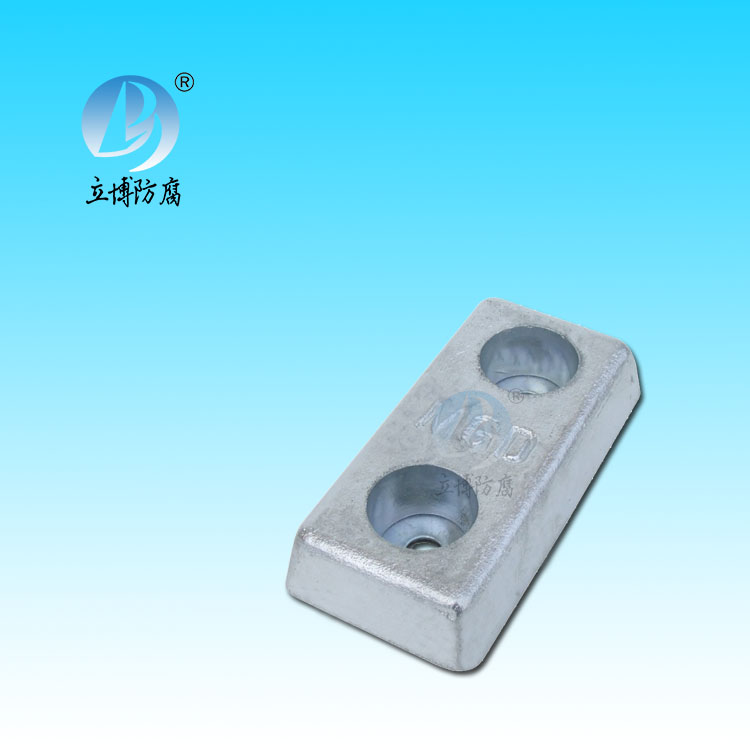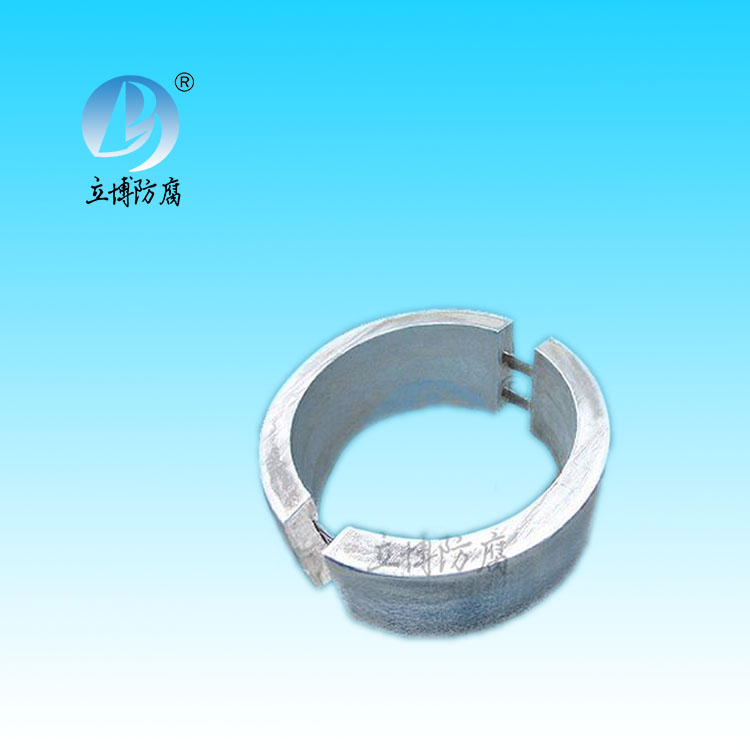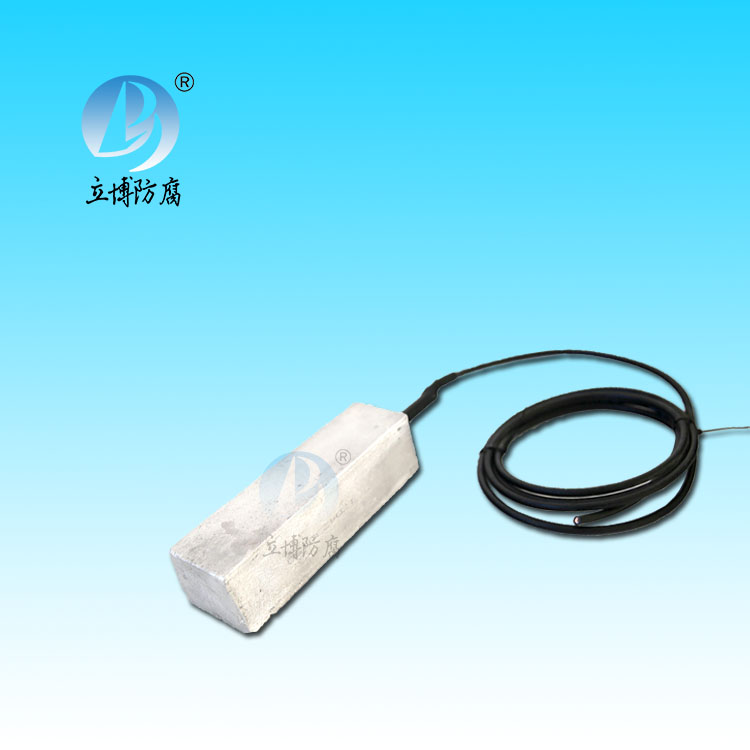News
News
- What is a sacrificial anode
- Basic requirements for reference...
- What does the reference electrode do...
- Why are zinc blocks attached to the ...
- What is the principle of impressed...
- What material does metal structure...
Contact
Phone:18739187123
hotline:0391-7588881
E-mail:970512272@qq.com
Address:Wuzhi County, Jiaozuo City, China
Company News
Treatment of aluminum oxidation method
- Author:Libo
- Source:wwww.hellobodies.com
- Date:2021-06-11
- Click:0
In recent ten years, China's aluminum oxide coloring technology has developed rapidly, many factories have adopted the new technology, and accumulated rich experience in the actual production. For example, aluminum alloy containing 1 ~ 2% manganese is brown-blue after oxidation. With the increase of manganese content in aluminum, the surface luster after oxidation changes from brown-blue to dark brown. For example, aluminum surface such as bubbles, scratches, peeling, rough defects, after anodizing, all the defects will still show up. Generally speaking, only magnesium and titanium containing more than 5% aluminum containing gold, after oxidation can be colorless transparent and bright, bright and clean appearance. The aluminum alloy containing silicon 0.6 ~ 1.5% is gray after oxidation, and the aluminum alloy containing silicon 3 ~ 6% is white gray. At present, China's widely used sulfuric acid oxidation method, oxalic acid oxidation method and chromic acid oxidation method, are in the manual, books and periodicals have a specific introduction, do not need to be described. The composition of the alloy also has a direct effect on the surface appearance after anodizing.
In the selection of aluminum and aluminum alloy materials, natural to consider the selection of appropriate anodizing process.
Before selecting the oxidation process, we should understand the situation of aluminum or aluminum alloy material. Because the quality of the material and the difference of the composition will directly affect the quality of aluminum products after anodizing. There are many mature and developing processes for anodic oxidation of aluminum and its alloys, and suitable processes can be selected according to the actual production needs. On this point, Hong Jiude and Fan Ji Tongdao have been specially discussed (see electroplating and Finishing, 1982, no.2, P.27). Aluminum profile is going to be better. But the anodic oxidation effect of forged aluminum is not good, the surface is not bright, but also can only be dark.
In the real process, the anodizing of aluminum alloy is more and can be applied in daily life. It is considered that the characteristics of this process make the surface of aluminum parts produce a hard protective layer, which can be used in the production of kitchen utensils and other daily necessities.
Those containing zinc are opaque, those containing chromium have an uneven golden to gray hue, and those containing nickel are pale yellow.







 客服QQ
客服QQ